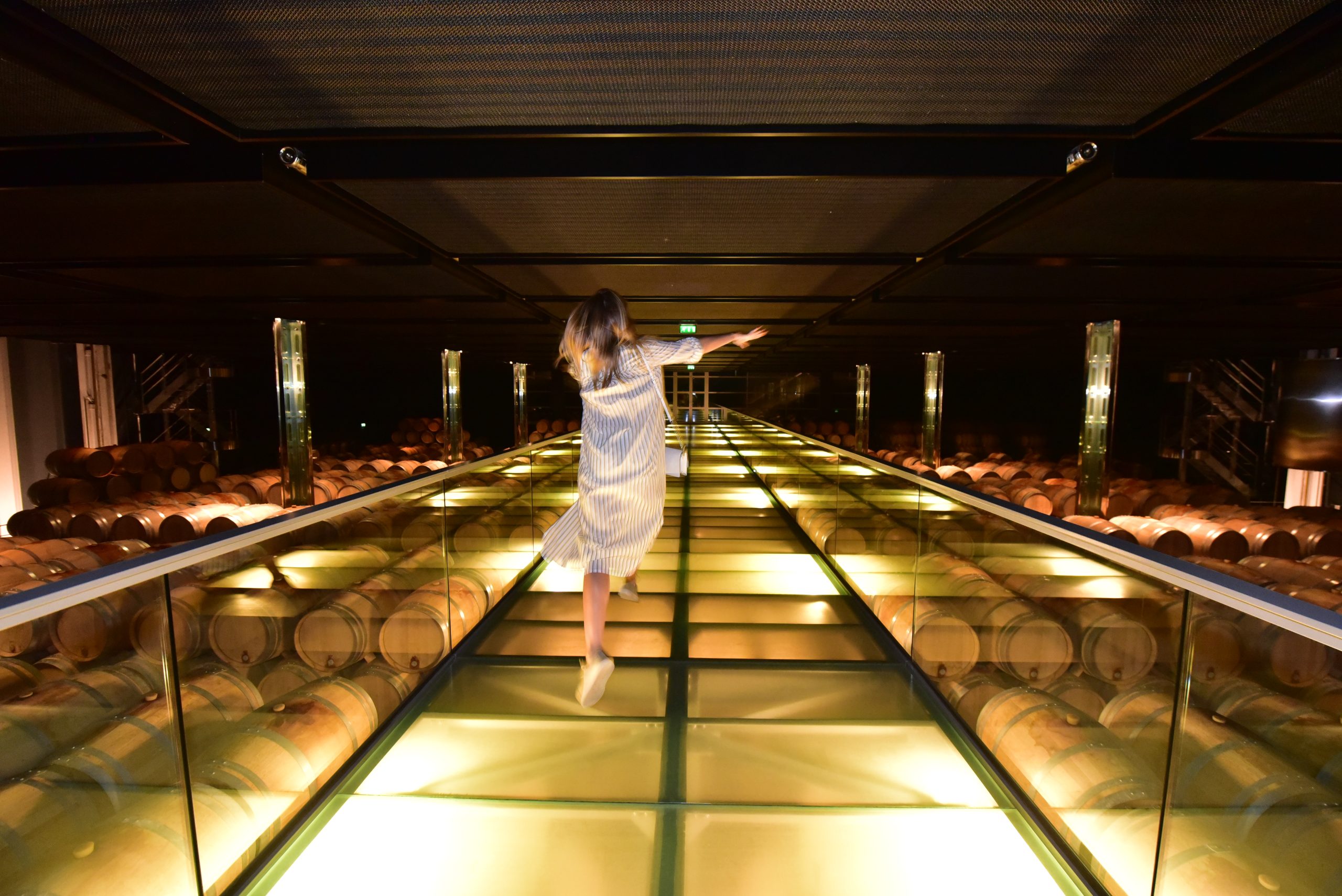
Wine tour in Bordeaux. Find your way amongst Bordeaux vineyards!
19 October 2022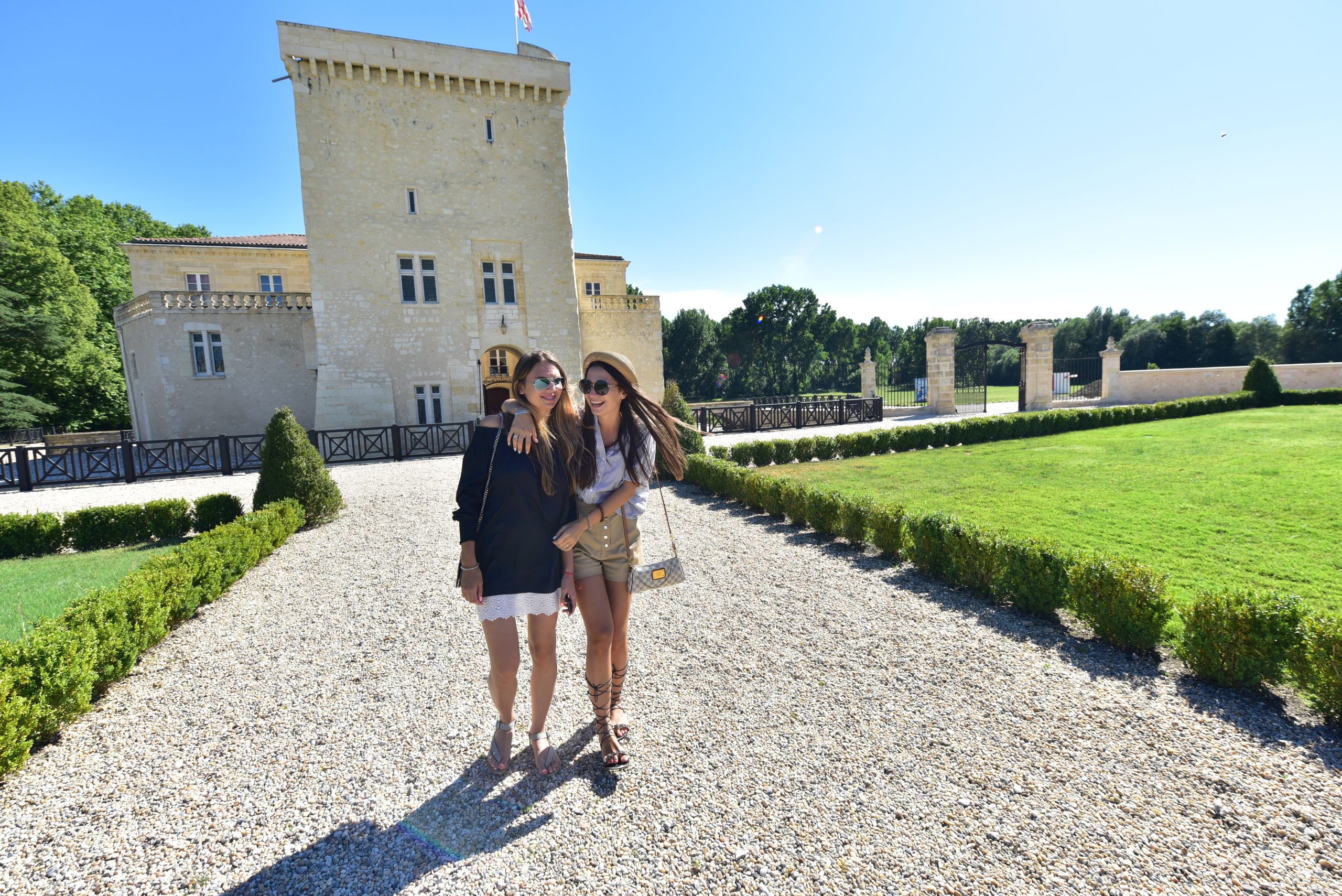
How to organize your stay in Bordeaux?
21 March 2023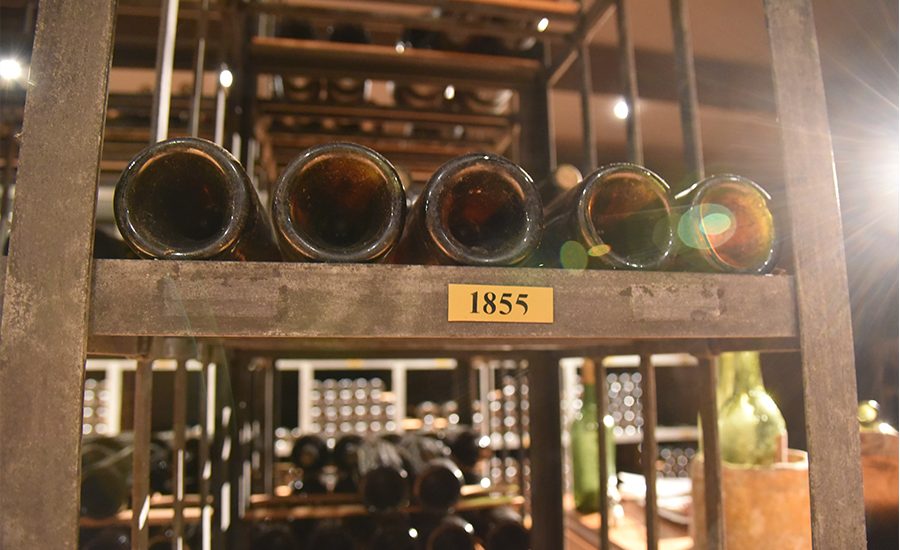
As its name suggests, the 1855 classification was established in 1855 at the request of the new Emperor Napoleon III for the Universal Exhibition in Paris. The purpose of this exhibition was to bring together all the products that are the pride of France (with champagnes and Burgundy wines). Thus, Napoleon III asked the brokers of Bordeaux to draw up a complete list of all the great red wines and the great white wines.
Since Bordeaux brokers had been in the habit for a long time, since the end of the 18th century, of establishing classifications for the white and red wines of the Gironde, their skills were called upon. On what did they establish their hierarchy? On the market! The market was always right since it was based on demand, which essentially depended on quality.
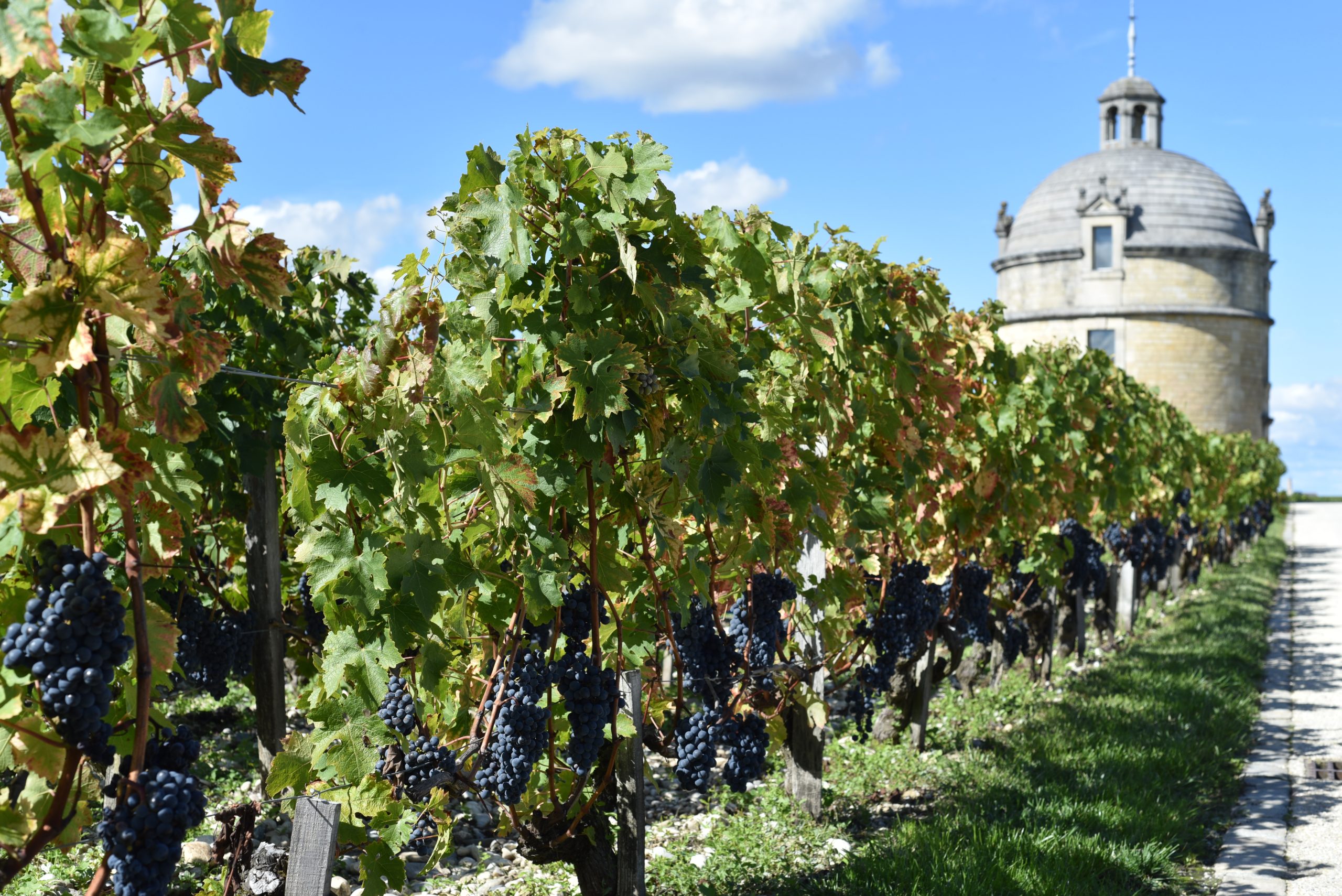
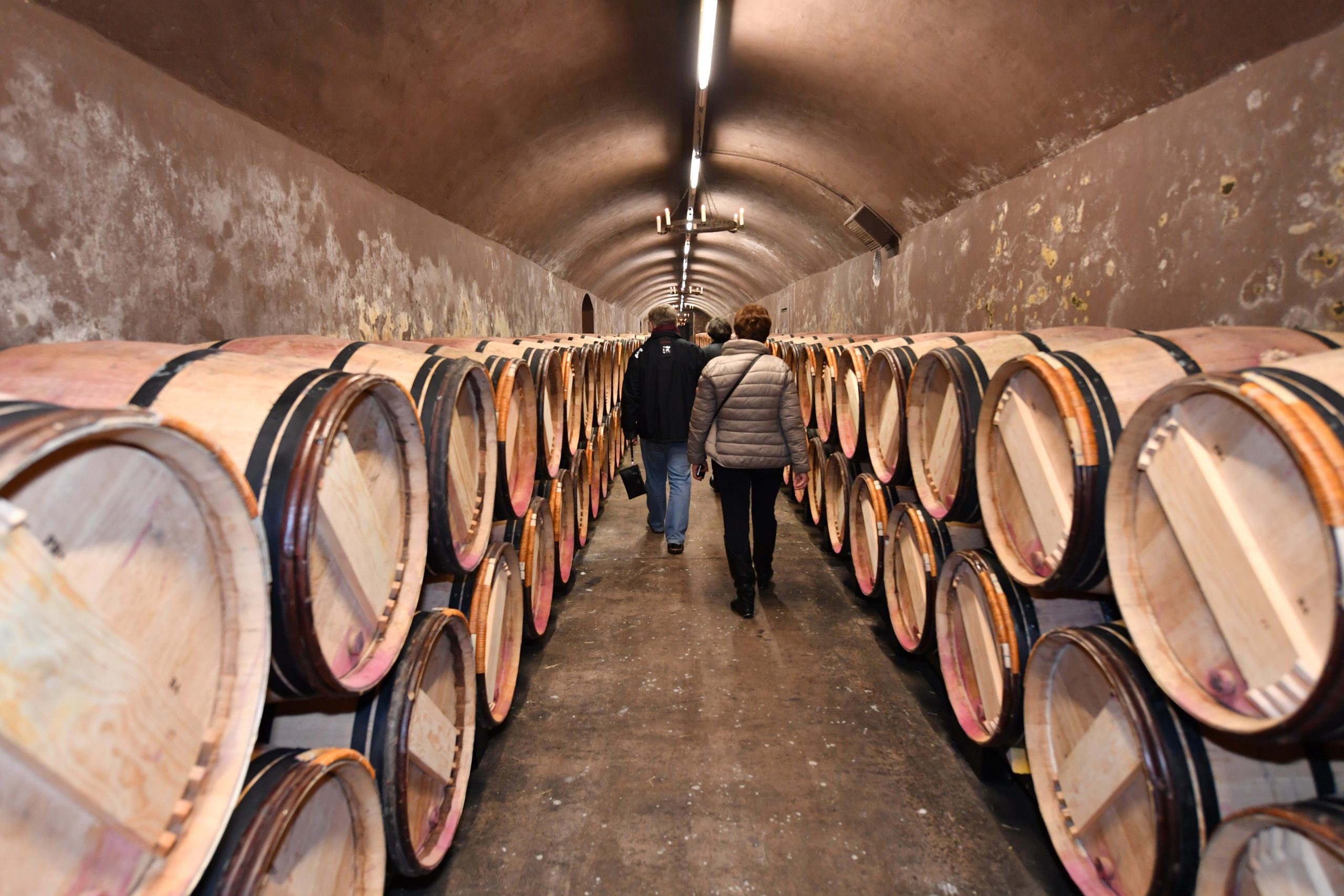
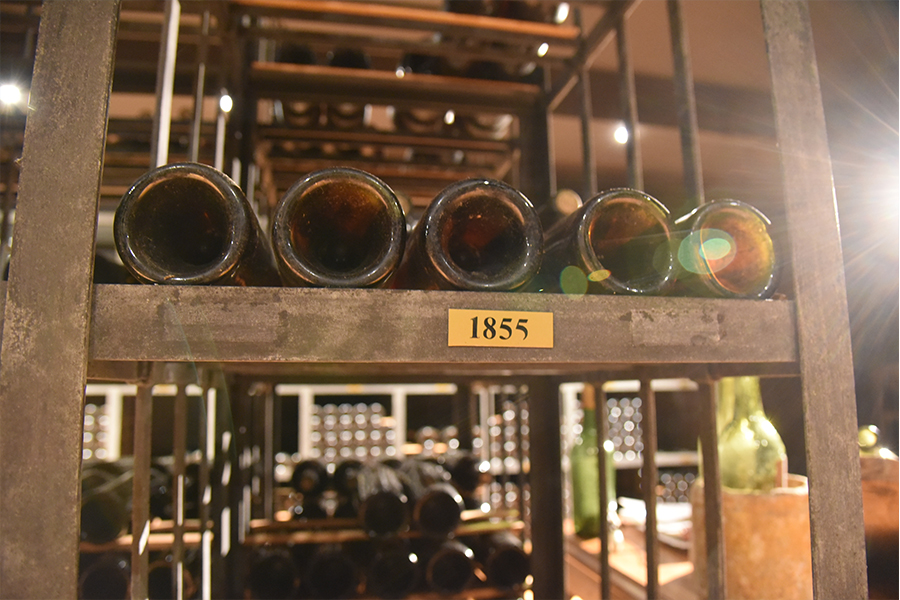
This is how the 1855 classification was established. The brokers selected around sixty red wines from the prices recorded on the market for several decades, and classified them, according to their customs, into 5 categories: from “first classified growths” to “fifth classified growths”. For many political reasons, all classified red wines were Médoc wines: the only exception – Château Haut-Brion. The white wines were sweet wines from Sauternes and Barsac. In all, 60 red wines are classified and 27 whites.
It was therefore The Classification of the Universal Exhibition of 1855 only. No one imagined at the time that it was going to become a certain “birth certificate” of these exceptional wines.
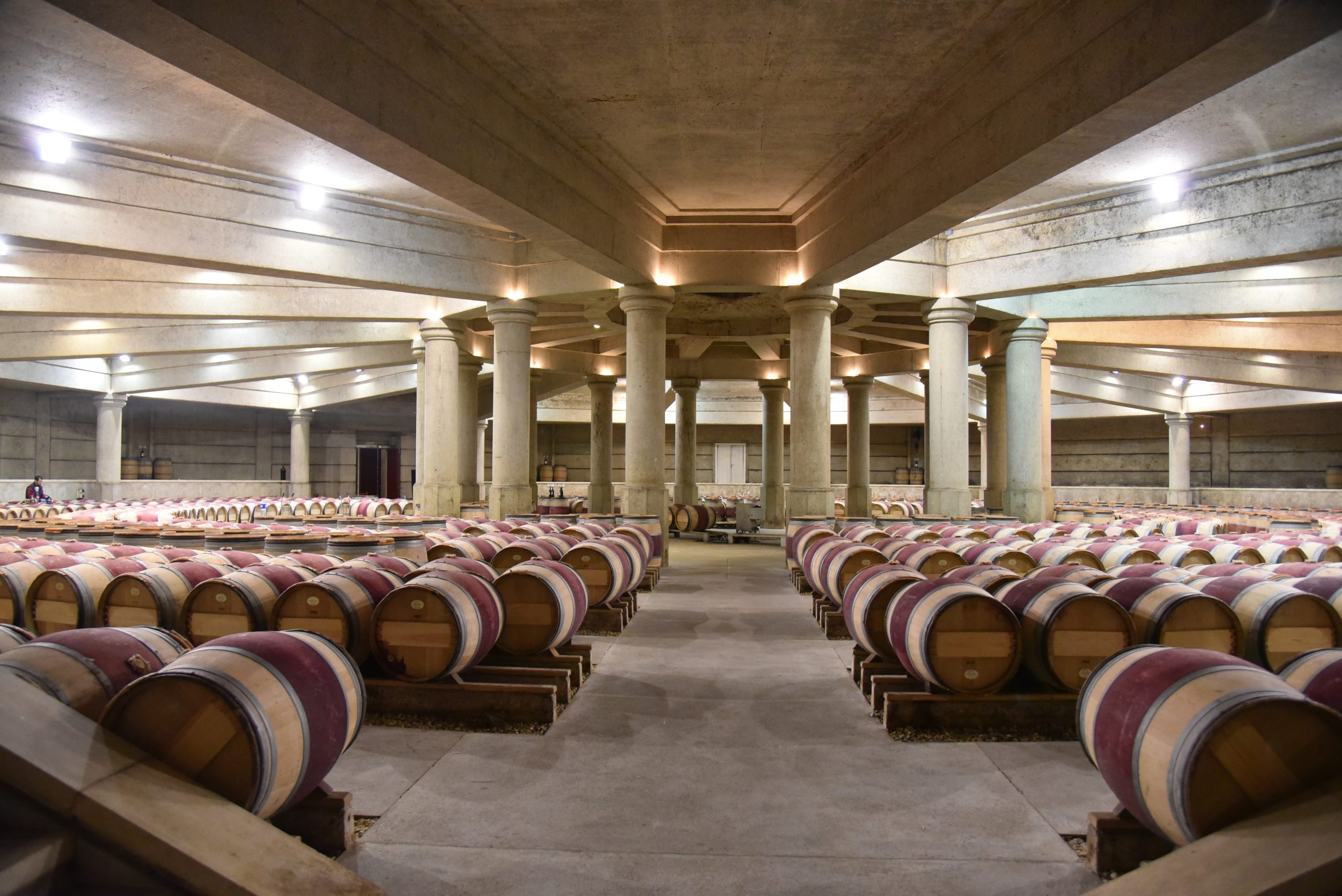
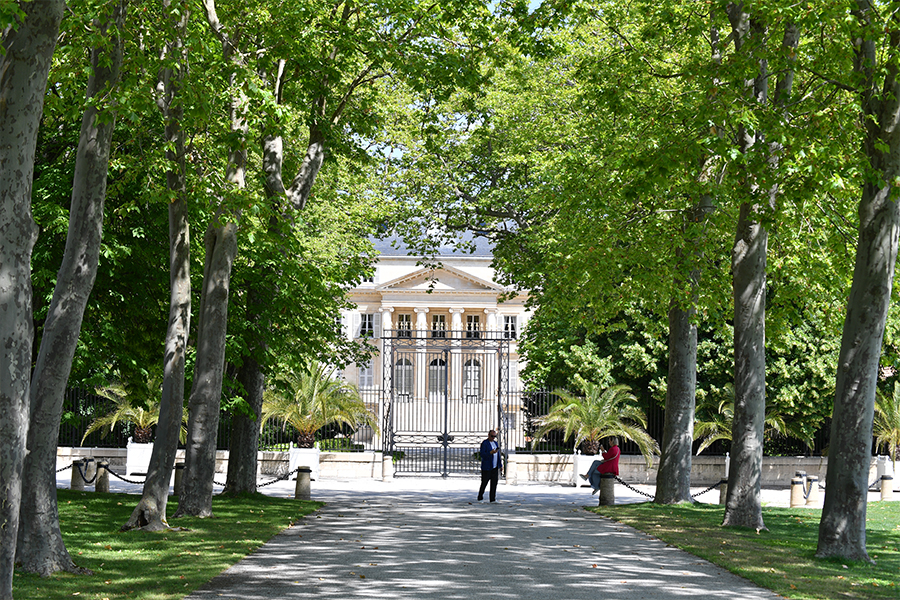
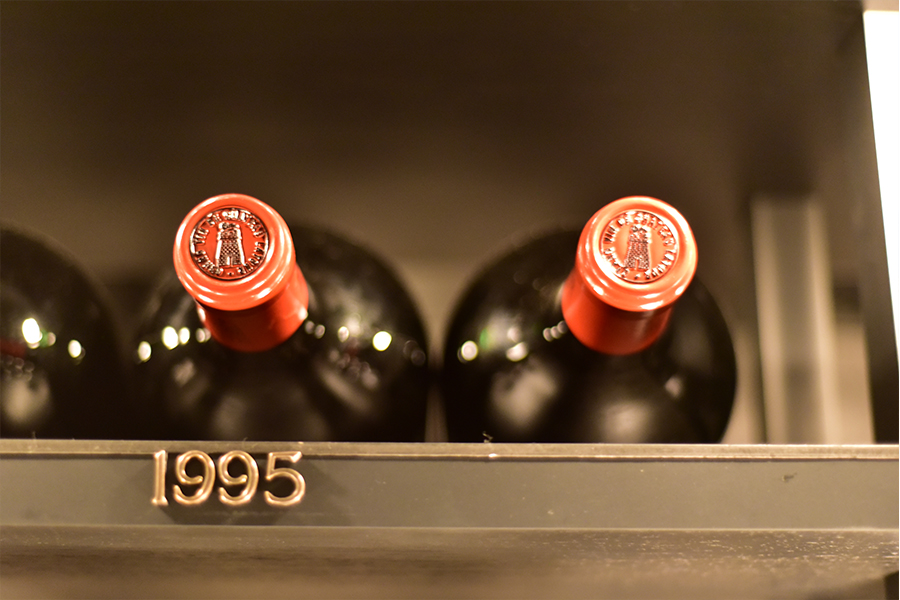
The particularity of this classification is that it is irreversible, thus all the classified chateaus have been so since 1855. The only exception being Château Cantemerle, forgotten, then quickly added, and Château Mouton Rothschild which in 1973 managed to go from second to Premier Cru.
What is the future of the 1855 Classification?
For a hundred and fifty years, the sixty classified growths have remained faithful to a certain requirement, without which they would have discredited the Classification. However, many things have evolved since then: some vineyards have changed their borders, the grape varieties have evolved, many owner families have sold to banks or insurance companies, the market has corrected certain prices… Despite this, the Classification remains untouchable. And even if the criticism of the Classification has long been the favorite sport of many wine experts, paradoxically these assaults make it even stronger than ever.
After all these centuries, the 1855 Classification and all the wines that make it up are of vital importance in Bordeaux and in the world.
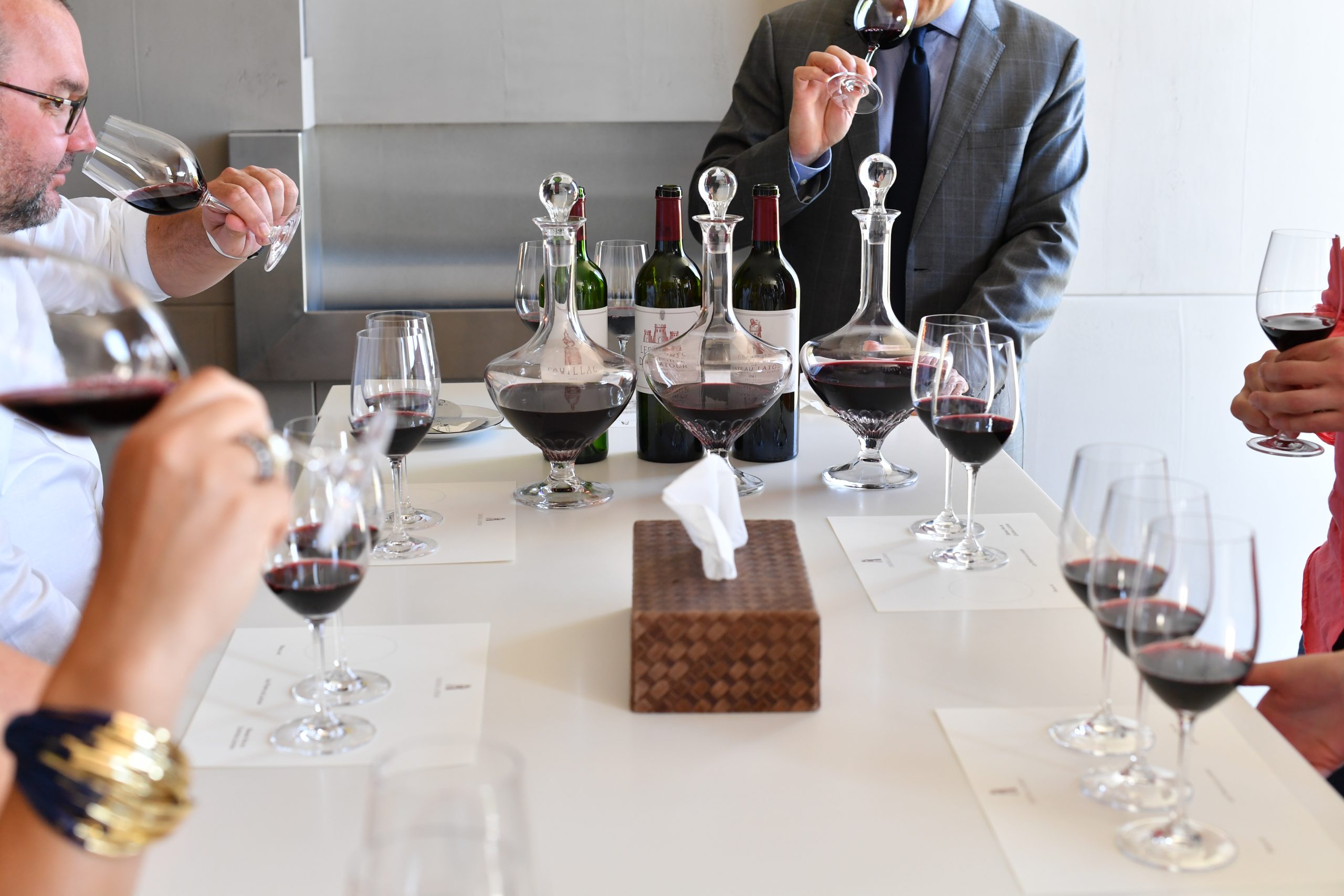
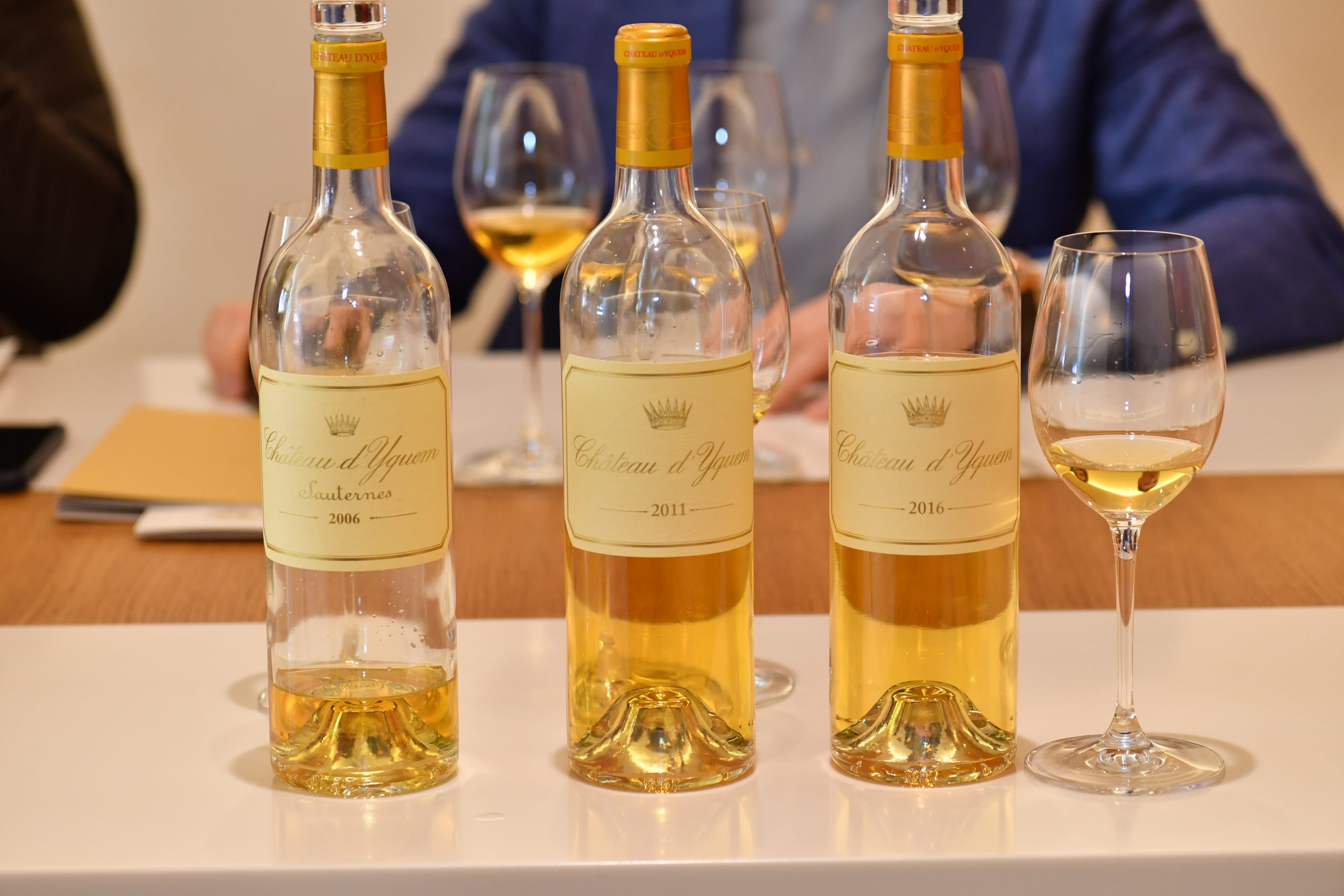
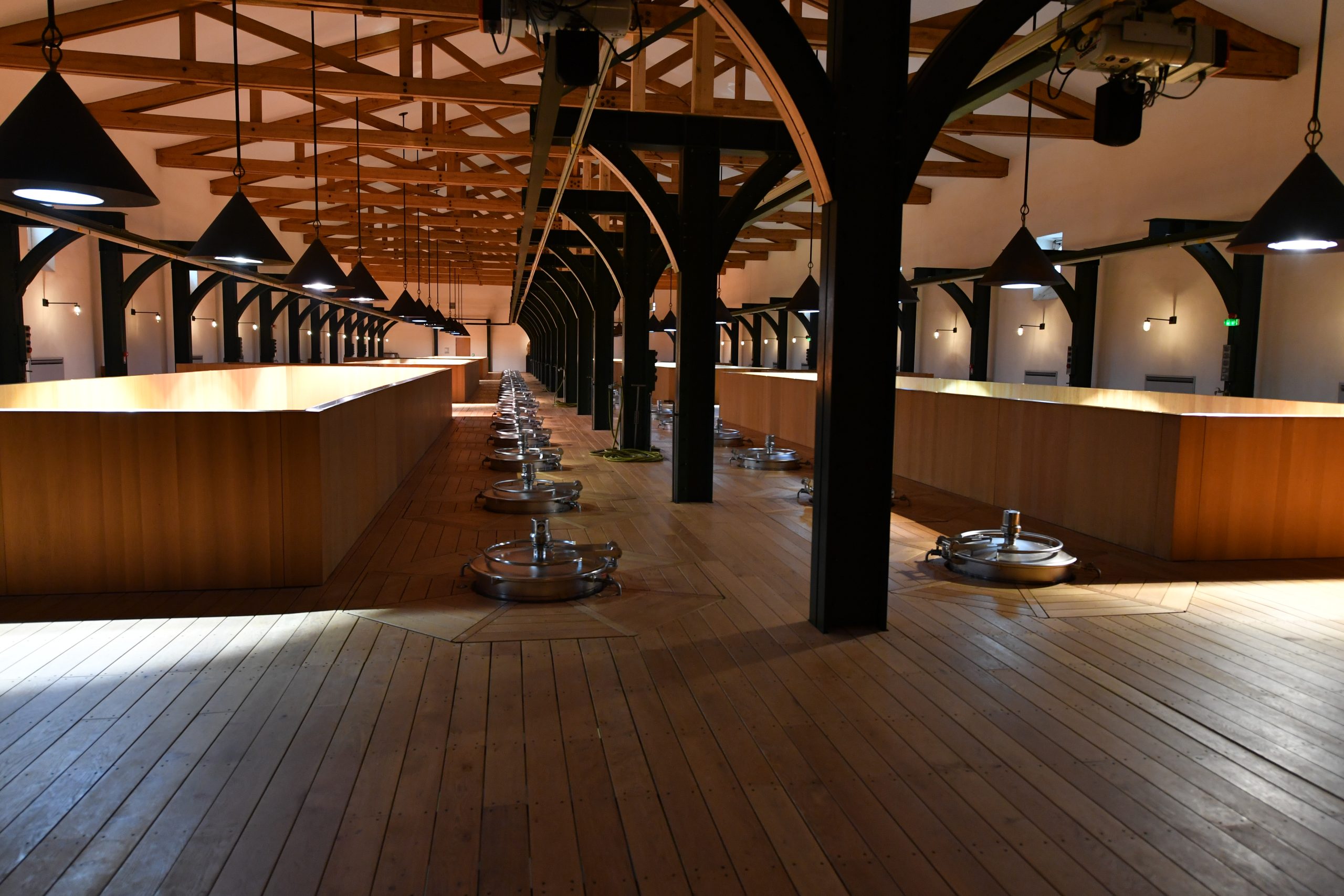
Grands Crus Classé in 1855. Medoc & Sauternes
FIRST CLASSIFIED GROWTHS
Château Lafite-Rothschild, pauillac Château Latour, pauillac Château Margaux, margaux Château Mouton Rothschild, pauillac Château Haut-Brion, pessac-léognan, graves
SECOND CLASSIFIED GROWTHS
Château Rauzan-Gassies, margaux Château Rauzan-Ségla, margaux Château Léoville Barton, saint-julien Château Léoville Las Cases, saint-julien Château Léoville Poyferré, saint-julien Château Durfort-Vivens, margaux Château Gruaud Larose, saint-julien Château Lascombes, margaux Château Brane-Cantenac, margaux Château Pichon-Longueville, pauillac Château Pichon Longueville Comtesse de Lalande, pauillac Château Ducru-Beaucaillou, saint-julien Château Cos d’Estournel, saint-estèphe Château Montrose, saint-estèphe
THIRD CLASSIFIED GROWTHS
Château Kirwan, margaux Château d’Issan, margaux Château Lagrange, saint-julien Château Langoa Barton, saint-julien Château Giscours, margaux Château Malescot St. Exupéry, margaux Château Boyd-Cantenac, margaux Château Cantenac Brown, margaux Château Palmer, margaux Château La Lagune, haut-médoc Château Desmirail, margaux Château Calon-Ségur, saint-estèphe Château Ferrière, margaux Château Marquis d’Alesme Becker, margaux
FOURTH CLASSIFIED GROWTHS
Château Saint-Pierre, saint-julien Château Talbot, saint-julien Château Branaire-Ducru, saint-julien Château Duhart-Milon, pauillac Château Pouget, margaux Château La Tour Carnet, haut-médoc Château Lafon-Rochet, saint-estèphe Château Beychevelle, saint-julien Château Prieuré-Lichine, margaux Château Marquis de Terme, margaux
FIFTHS CLASSIFIED GROWTHS
Château Pontet-Canet, pauillac Château Batailley, pauillac Château Haut-Batailley, pauillac Château Grand-Puy-Lacoste, pauillac Château Grand-Puy Ducasse, pauillac Château Lynch-Bages, pauillac Château Lynch-Moussas, pauillac Château Dauzac, margaux Château d’Armailhac, pauillac Château du Tertre, margaux Château Haut-Bages Libéral, pauillac Château Pédesclaux, pauillac Château Belgrave, haut-médoc Château de Camensac, haut-médoc Château Cos Labory, saint-estèphe Château Clerc-Milon, pauillac Château Croizet-Bages, pauillac Château Cantemerle, entré dans le classement en 1856, haut-médoc
SAUTERNES & BARSAC FIRST CLASSIFIED SUPERIOR GROWTH
Château d’Yquem, sauternes
FIRST CLASSIFIED GROWTHS
Château La Tour Blanche, sauternes Château Lafaurie-Peyraguey, sauternes Clos Haut-Peyraguey, sauternes Château de Rayne-Vigneau, sauternes Château Suduiraut, sauternes Château Coutet, barsac Château Climens, barsac Château Guiraud, sauternes Château Rieussec, sauternes Château Rabaud-Promis, sauternes Château Sigalas-Rabaud, sauternes
SECOND CLASSIFIED GROWTHS
Château Myrat, barsac Château Doisy Daëne, barsac Château Doisy-Dubroca, barsac Château Doisy-Védrines, barsac Château d’Arche, sauternes Château Filhot, sauternes Château Broustet, barsac Château Nairac, barsac Château Caillou, barsac Château Suau, barsac Château de Malle, sauternes Château Romer, sauternes Château Romer du Hayot, sauternes Château Lamothe, sauternes Château Lamothe Guignard, sauternes
If you want to learn more about the 1855 Classification, you can make a private wine tour and follow the Road of Classified Growths of Bordeaux here. Or here: Bordeaux-Star-Tours.
